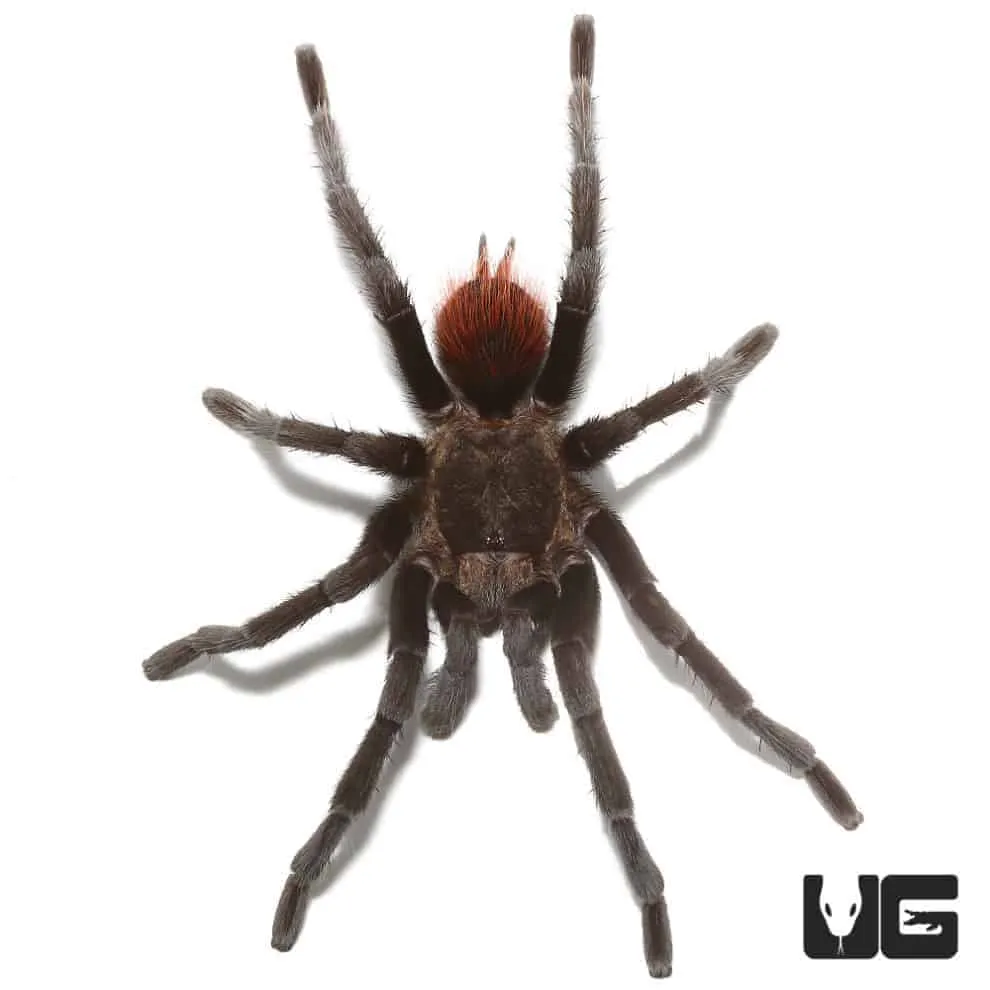What is the Yucatan Tarantula?
The Yucatan Tarantula, scientifically known as Brachypelma vagans, is a fascinating arachnid that calls the Yucatan Peninsula in Mexico its home. This captivating creature belongs to the tarantula family, a group of large, hairy spiders known for their impressive size and, in the case of the Yucatan Tarantula, striking coloration. These spiders are a popular subject of interest for both arachnid enthusiasts and those simply curious about the natural world. They are relatively docile compared to some other tarantula species, making them a more approachable subject of study and, in some cases, a pet. Their intriguing behaviors, unique characteristics, and role in the Yucatan ecosystem make them a compelling subject of study.
Habitat and Distribution of Yucatan Tarantulas
As the name suggests, the Yucatan Tarantula is primarily found in the Yucatan Peninsula of Mexico. This region provides a warm, humid environment, perfect for these spiders. Their natural habitat consists of tropical forests, scrublands, and even areas near human settlements, where they can find shelter and food. They are terrestrial creatures, meaning they spend most of their time on the ground, often creating burrows or utilizing existing crevices for shelter. The distribution of the Yucatan Tarantula is not limited to the Yucatan Peninsula, though the population is concentrated in this area. The tarantulas have been documented in other parts of Central America, however, Mexico is considered their natural habitat.
Physical Characteristics of the Yucatan Tarantula
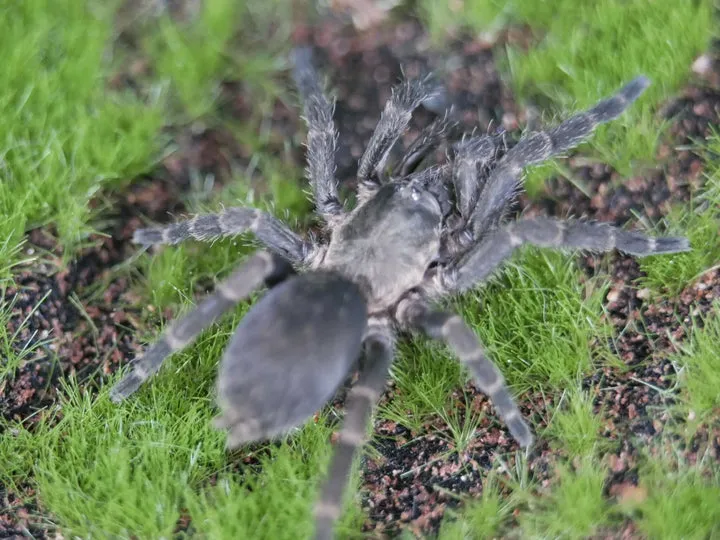
The Yucatan Tarantula is easily recognizable due to its distinct physical attributes. They typically display a robust build, with a hairy exoskeleton that adds to their imposing appearance. The overall size of the tarantula can vary, but they generally reach a leg span of up to 5-6 inches. Their body is divided into two main parts the cephalothorax and the abdomen. They have eight legs, each covered in fine hairs that assist in sensing vibrations and navigating their environment. The Yucatan Tarantula also has two pedipalps, which are small appendages near their mouth used for manipulating food and sensory purposes. The fangs, while capable of delivering a bite, are primarily used for capturing prey.
Coloration and Size
One of the most appealing features of the Yucatan Tarantula is its coloration. They often have a base color of black or dark brown, contrasted by reddish or orange hairs on their legs and abdomen. The exact shade can vary depending on the individual and the environment. In terms of size, the Yucatan Tarantula is considered a medium-sized tarantula species. Females tend to be larger than males, and they can live for several years, allowing them to grow to a more substantial size. The larger size of the female reflects their role in reproduction and their need to store energy for egg production.
Distinguishing Features
Several characteristics help distinguish the Yucatan Tarantula from other tarantula species. The reddish-orange hairs on their legs and abdomen are a key identifier, along with the overall robust build of their bodies. The size is also a factor, with mature females being noticeably larger than other species. Furthermore, the Yucatan Tarantula’s behavior is relatively docile compared to other tarantulas. While they can defend themselves, they are generally not as aggressive, making them a popular choice for hobbyists. Observing these features can assist in correctly identifying this unique tarantula.
Behavior and Lifestyle of the Yucatan Tarantula
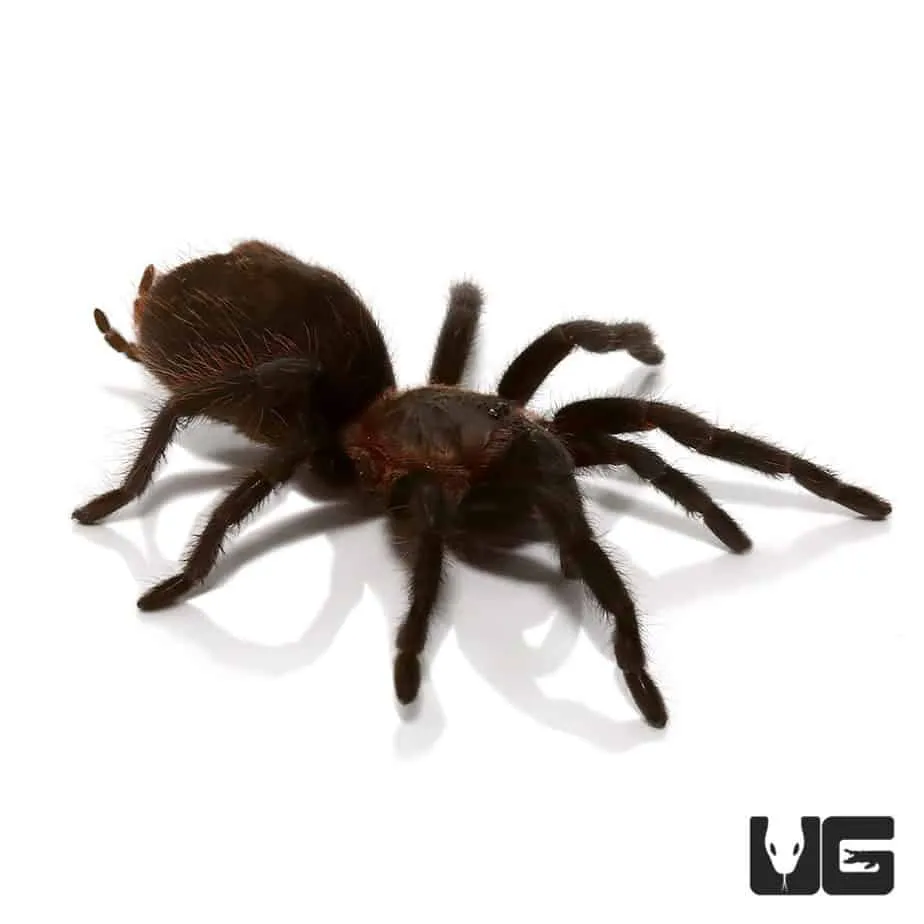
The Yucatan Tarantula leads a primarily nocturnal lifestyle, being most active during the night. They spend their days hiding in burrows, under rocks, or in the shelter of vegetation, to avoid predators and conserve moisture. When darkness falls, they emerge to hunt for food. They are ambush predators, meaning they lie in wait for their prey, relying on their sensitive hairs to detect movement and vibrations. The Yucatan Tarantula is a solitary creature, with the exception of mating season. They have a complex courtship ritual, and the female may eat the male after mating. Their burrowing behavior and nocturnal habits are key to their survival in the Yucatan ecosystem.
Diet and Feeding Habits
The Yucatan Tarantula is primarily insectivorous, with its diet consisting mainly of insects and other invertebrates. They will eat crickets, cockroaches, mealworms, and other readily available prey. They use their fangs to inject venom, which immobilizes their prey, and then they use digestive enzymes to liquefy the insides, allowing them to suck up the nutrients. Juvenile tarantulas eat smaller insects, and as they grow, they consume larger prey. The feeding frequency varies depending on the size and age of the tarantula, with adults usually eating once or twice a week. Providing a varied diet is vital to ensure the health of the tarantula.
Predators and Defense Mechanisms
In their natural environment, Yucatan Tarantulas face several predators, including birds, larger reptiles, and other arachnids. They have developed several defense mechanisms to protect themselves. Their primary defense is the urticating hairs located on their abdomen. When threatened, they flick these hairs towards the attacker, causing irritation and discouraging further aggression. They can also bite, although their venom is not considered lethal to humans. They also use their speed and the ability to hide in burrows to evade threats. The combination of these defensive strategies helps ensure the survival of the Yucatan Tarantula.
Conservation Status and Threats
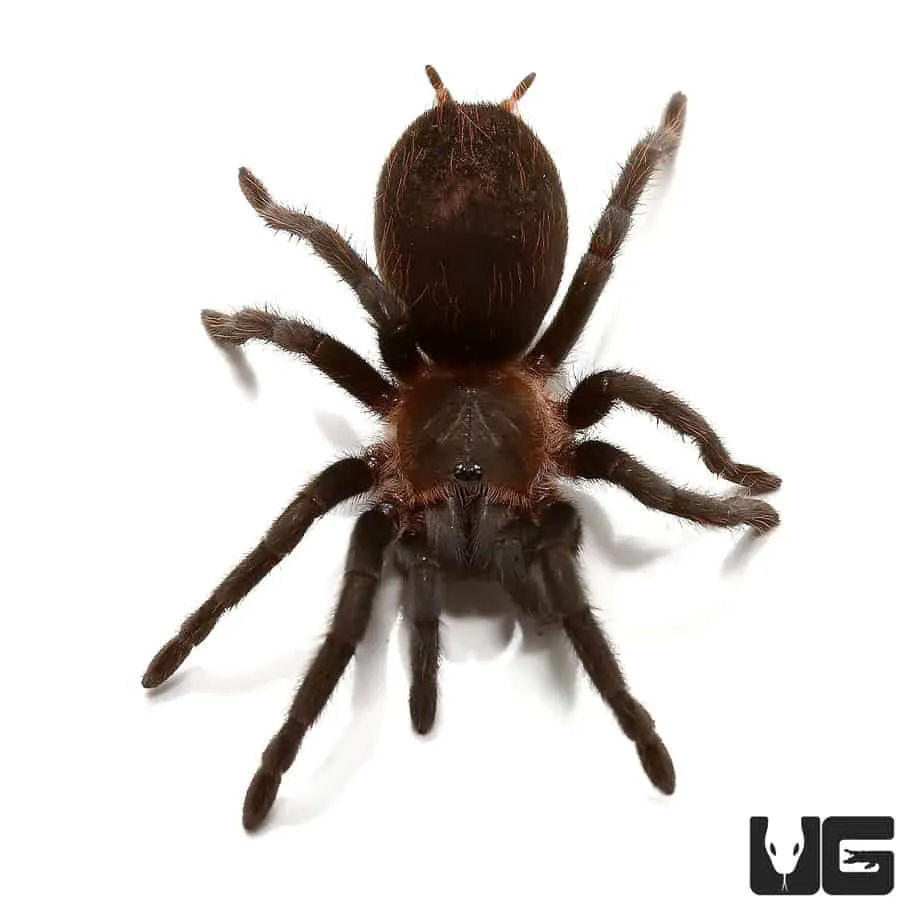
The conservation status of the Yucatan Tarantula is not currently listed as endangered, but they do face threats. Habitat loss due to deforestation and urbanization is a primary concern, as it reduces the available space for the tarantulas. Illegal pet trade can also put pressure on wild populations, though it is less of a threat for this species than some others. Climate change could also affect their habitat, altering humidity levels and temperatures. Conservation efforts should focus on protecting their natural habitat and promoting responsible pet ownership to ensure this species’ long-term survival. Supporting local conservation initiatives and education about the importance of biodiversity are essential.
Human Interaction and Pet Ownership
The Yucatan Tarantula is relatively popular in the pet trade, thanks to its docile nature and striking appearance. However, responsible pet ownership is crucial. Potential owners must research their needs, including suitable housing, diet, and environmental conditions. They are not demanding pets, but they do require specific care to thrive. Keeping tarantulas as pets can be a rewarding experience for those interested in these fascinating creatures. However, it is important to source tarantulas from reputable breeders to ensure they are healthy and that their origin is ethical and legal. Careful handling and knowledge of tarantula behavior are vital to ensure the safety of both the owner and the spider.
Caring for a Yucatan Tarantula as a Pet
Caring for a Yucatan Tarantula as a pet involves providing a suitable habitat. This includes a secure enclosure with appropriate substrate like coco coir or peat moss, which allows them to burrow. The enclosure should have a water dish for hydration and a hide for the tarantula to retreat to. The temperature and humidity levels need to be maintained to replicate their natural environment. They should be fed a varied diet of insects, and any uneaten food should be removed. Handling should be minimized, as it can stress the tarantula, and any interactions should be approached with care. Routine checks for health issues and a clean habitat will help ensure the tarantula’s wellbeing.
Common Health Issues
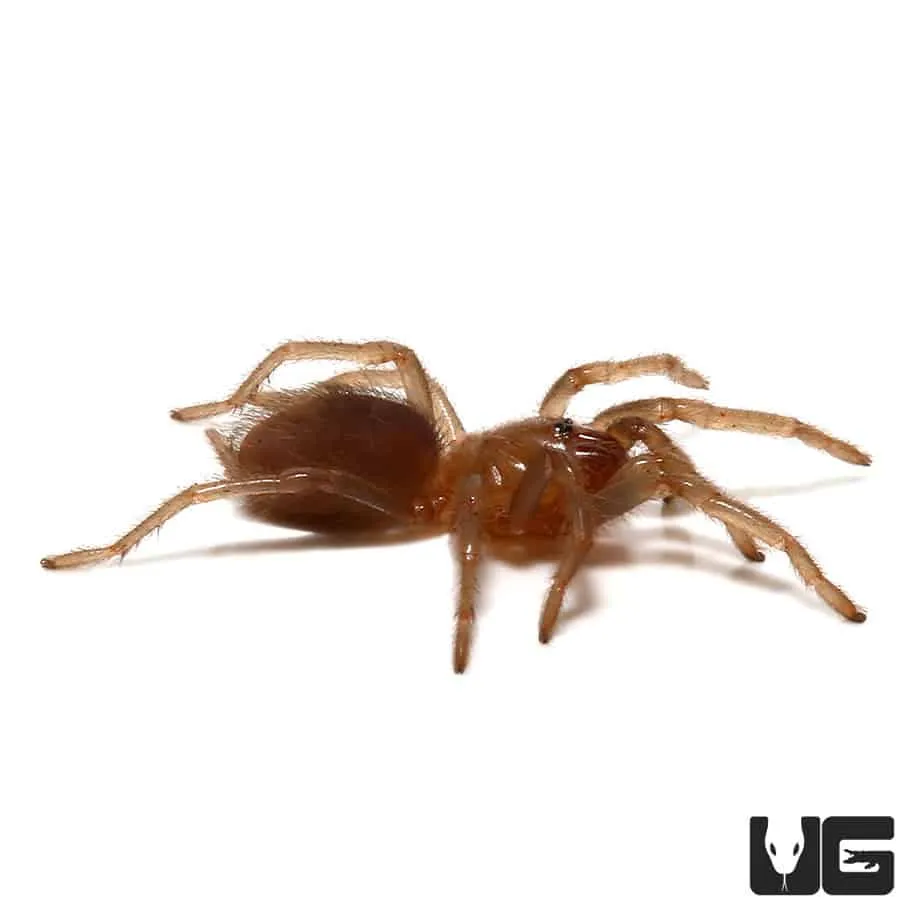
Like any pet, Yucatan Tarantulas can experience health problems. Common issues include dehydration, caused by insufficient water or low humidity. Molting problems occur when the tarantula has difficulty shedding its exoskeleton, often linked to poor humidity or inadequate conditions. Parasites, though rare, can also affect tarantulas. Recognizing signs of illness, such as lethargy, loss of appetite, or unusual behavior, is essential. Regular observation of the tarantula and a good understanding of their needs can help prevent these issues and ensure a healthy and happy spider. Seeking advice from experienced keepers or a veterinarian specializing in exotic animals is recommended when concerns arise.
